Klipfolio Blog


Klipfolio Partner How-To #1: Duplicating dashboards across client accounts
By Stef Reid — November 27, 2025
Real-Time Dashboards for Reporting: Why Live Beats Static
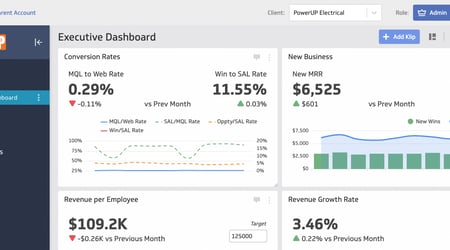
Client management in 5 steps
By Jonathan Taylor — November 26, 2025
Klipfolio Partner How-To #2: Company Properties can simplify client set-up
By Stef Reid — November 26, 2025
Top 10 Marketing Dashboard Ideas for Tech Companies

17 KPIs Every Data-Driven Manager Needs to Lead Their Team
By Danielle Poleski — October 14, 2025
7 ways to present KPIs that your management team will love
By Danielle Poleski — September 25, 2025
The Starter Guide to Dashboard Design
By Emily Hayward — September 24, 2025
12 Important Sales Enablement Metrics You Shouldn't Miss
By Grace Lau — September 19, 2025
The 9 Reddit KPIs You Should Be Tracking
By Mark Brownlee — September 17, 2025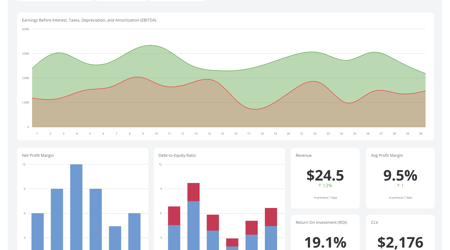
What is a data dashboard?
By Emily Hayward — August 18, 2025
Why Are KPIs Important?
By Danielle Poleski — August 5, 2025
Analytics Pioneer Klipfolio Strengthens Board of Directors with Appointment of Ed Bryant and Jonathan Taylor as Independent Directors
By Klipfolio — July 8, 2025
The Beginner's Guide to E-Commerce KPIs
By Mark Brownlee — June 16, 2025
What is Product-Led Growth?
By Emily Hayward — May 12, 2025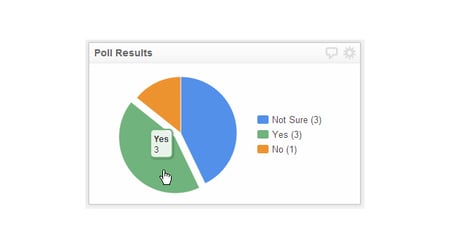
Display Poll Results with a Pie Chart
By Jonathan Taylor — April 21, 2025
Protectionism does not equal Prosperity
By Allan Wille, Co-Founder — February 26, 2025
2025 BI and Analytics Trends for Small and Mid-Sized Businesses
By Allan Wille, Co-Founder — December 18, 2024
How to write KPIs in 4 steps
By Emily Hayward — October 3, 2024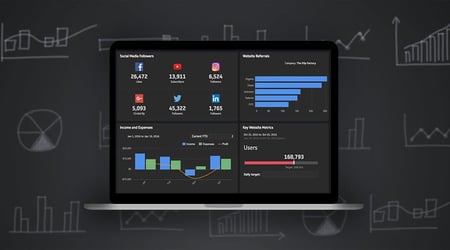
What is a KPI, Metric or Measure?
By Jonathan Taylor — June 10, 2024
Best Practices for Picking the Right KPIs for Your Business
By Jonathan Taylor — March 29, 2024
How to Create a KPI Dashboard
By Jonathan Taylor — February 15, 2024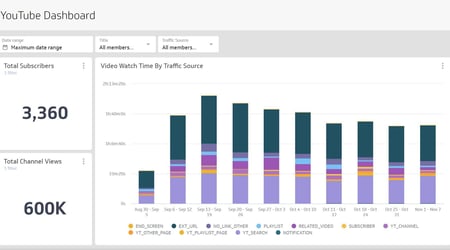
The top 12 metrics for social media managers
By Emily Hayward — December 11, 2023